Summary: The podcast episode provides a detailed overview of a new protocol for using grasslands as a tool in the fight against climate change. The protocol lays out strict eligibility requirements, additionality tests, and mechanisms for ensuring the permanence and integrity of the carbon offsets generated. The discussion covers complex topics like leakage, quantification of emissions reductions, and the role of a Project Management Board in overseeing the program. Overall, the podcast highlights the potential of grasslands as a natural carbon sink and the innovative approaches being taken to harness this potential.
Chapters:
-
Introduction to Carbon Offsets and Grasslands (00:00:00) – The hosts introduce the topic of carbon offsets and discuss how grasslands can be used as a tool in the fight against climate change.
-
The Grasslands Protocol (00:00:12) – The hosts discuss a draft protocol from the organization Food, Water, Wellness that lays out rules for how landowners can get credit for preserving their grasslands.
-
Eligibility Requirements (00:00:36) – The protocol has strict requirements for which grasslands are eligible, including location, age, and slope of the land.
-
Additionality (00:04:40) – The concept of additionality is explained, which means proving that the carbon reductions achieved wouldn’t have happened anyway without the protocol.
-
Permanence and the Project Management Board (00:06:45) – The protocol aims to ensure the permanence of the carbon storage by having a Project Management Board oversee the funds generated from carbon credit sales.
-
Leakage (00:09:45) – The protocol addresses the issue of leakage, where emissions reductions in one area are offset by increased emissions elsewhere.
-
Quantification of Emissions Reductions (00:12:18) – The protocol uses predictive soil mapping to estimate the amount of carbon that would be stored in the grasslands over time.
Avoided Conversion of Grasslands Protocol
In this episode, hosts Speaker A and Speaker B discuss a new draft protocol from the organization Food, Water, Wellness that aims to incentivize landowners to preserve carbon-rich grasslands as a climate change mitigation strategy. They dive deep into the details of the protocol, covering topics like eligibility requirements, additionality, permanence, leakage, and quantification of emissions reductions.
Main Topics Discussed
- Overview of the grasslands protocol and its goals (00:00:00)
- Eligibility requirements for grasslands to qualify (00:02:45)
- Location in Canada, 10+ years of continuous cover, maximum 35% slope
- Strict grazing management plans required
- Concept of “additionality” and how the protocol ensures real emissions reductions (00:04:40)
- Financial and legal additionality tests
- Ensuring permanence of emissions reductions over 100 years (00:06:56)
- Project Management Board (PMB) to manage carbon credit funds
- Replacement of lost grasslands through “functional equivalence”
- Addressing potential “leakage” of emissions through land use displacement (00:09:55)
- Satellite monitoring and credit reversal process
- Quantifying emissions reductions through predictive soil mapping (00:12:33)
- Certainty thresholds and backup soil sampling
Key Terms and References
- Food, Water, Wellness – Organization leading the development of the grasslands protocol
- Carbon offsets – Credits representing emissions reductions that can be purchased to offset emissions
- Additionality – Ensuring emissions reductions wouldn’t have happened without the program
- Permanence – Ensuring emissions reductions are maintained over the long term
- Leakage – Displacement of emissions to other locations
- Predictive soil mapping – Modeling soil carbon changes over time
-
“Grasslands, they’re earth like natural carbon vaults. Except unlike a bank, nature doesn’t really ask for id when you make a withdrawal.”
-
“It’s about incentivizing real change, not just rewarding the status quo.”
-
“There’s two key the financial additionality test and the legal requirements test.”
-
“Think of the PMB as the guardians of permanence.”
-
“They have to take responsibility. They have options. They can refund the buyer of those now defunct credits. They could find a comparable grassland to replace the lost one and bring that into the program, where they could even purchase and retire other types of carbon credits to offset the loss.”
-
“Factors like soil type, rainfall, even the plant species present all play a role in determining a, grasslands carbon storage capacity.”
-
“So instead of this one size fits all discount, this protocol gets a little more granular. They’re proposing site specific monitoring within a defined radius around each project.”
-
“The number of credits reversed is proportional to the scale of the leakage. Okay, so a small amount of conversion might only result in a small percentage of credits being reversed, whereas more widespread conversion would lead to a much more significant reversal.”
What is the primary objective of this protocol?
This protocol aims to incentivize the protection of Canadian grasslands by preventing their conversion to cropland. This is achieved by providing financial incentives to landowners who choose to maintain their grasslands, thereby preventing the release of stored soil carbon and mitigating climate change.
How does this protocol address the issue of permanence, given the potential for grasslands to be converted to cropland in the future?
This protocol takes a unique approach to permanence. Instead of relying on traditional methods like buffer pools, it establishes a Project Management Board (PMB) responsible for managing credits and ensuring permanence. The PMB invests funds from credit sales and uses the returns to:
- Issue dividends to participating landowners.
- Cover credit reversals if a grassland is converted.
- Purchase and retire credits from other projects to compensate for lost credits.
This approach ensures the long-term financial viability of the project and guarantees that any carbon released due to grassland conversion is offset by reductions elsewhere.
What is "functional equivalence" in the context of this protocol, and how is it maintained?
Functional equivalence refers to the requirement that the project grasslands and the cropland used for comparison in the emissions calculations must serve the same function. This means they should be comparable in terms of factors like soil type, climate, and management practices. This ensures that the emissions reductions being claimed are accurate and credible.
The protocol achieves this by:
- Requiring that the project grassland and the cropland being compared are located in close proximity (e.g., within 5 km).
- Conducting all transactions using a standardized unit of metric tonnes of carbon dioxide equivalent (tCO2e).
How does this protocol account for "leakage," the risk that avoided grassland conversion in one area might lead to increased conversion elsewhere?
Instead of applying a fixed discount factor to account for potential leakage, this protocol uses a more robust, site-specific approach.
This involves:
- Establishing a “local leakage monitoring area” around each project.
- Monitoring land-use changes within this area using satellite imagery.
- Comparing observed conversion rates to established baseline rates.
If the monitoring detects a higher conversion rate than expected, indicating leakage, a proportional number of credits are reversed to compensate for the emissions from the converted land.
What constitutes the baseline and project scenarios in this protocol?
Baseline Scenario: Assumes the grassland would be converted to cropland, releasing stored soil carbon. This involves tilling, which leads to immediate carbon loss, followed by ongoing releases as the soil adjusts.
Project Scenario: The grassland remains unconverted, preserving the existing soil carbon stock and preventing emissions.
The protocol quantifies the difference in emissions between these scenarios to determine the project’s climate benefit.
How are the baseline soil organic carbon (SOC) stocks determined?
Predictive soil mapping is used to estimate baseline SOC stocks. This technology leverages existing data on soil properties and land use to create high-resolution maps of SOC distribution. By inputting the project location, the model predicts the SOC stock that would have been released if the grassland had been converted to cropland.
What happens if the uncertainty of the predicted SOC stock is below the acceptable threshold?
The protocol requires a minimum of 70% certainty in the model’s SOC stock predictions. If the uncertainty falls below this threshold, the project proponent has two options:
- Conduct soil sampling to gather more precise data on SOC content.
- Accept a discount factor applied to the calculated emissions reductions to account for the higher uncertainty.
What is the role of the grassland owner in this project?
The grassland owner plays a crucial role by committing to:
- Maintaining the grassland according to the protocol’s requirements.
- Providing the project owner with necessary data and documentation.
- Granting access to the grassland for monitoring and verification purposes.
In return, landowners receive regular dividend payments from the PMB, reflecting their contribution to carbon sequestration.
Grasslands: The Unsung Heroes in the Fight Against Climate Change
Unlocking the Potential of Grasslands
In the ongoing battle against climate change, a new and innovative protocol has emerged that aims to harness the power of an often overlooked natural resource: grasslands. Spearheaded by the organization Food, Water, Wellness, this protocol seeks to incentivize landowners to preserve these vast, carbon-rich ecosystems, turning them into powerful allies in the fight against global warming.
Defining the Eligibility Criteria
The protocol sets strict guidelines for which grasslands are eligible for inclusion. To qualify, the land must have been continuously covered in grass for at least a decade, ensuring it has had time to accumulate significant carbon stores in the soil. Additionally, the land must have a slope of no more than 35 degrees, as steeper terrain can be more challenging to manage effectively.
Ensuring Additionality and Permanence
A critical aspect of the protocol is the concept of “additionality,” which ensures that the carbon reductions achieved are genuine and wouldn’t have happened anyway. Landowners must demonstrate that participating in the program is the most financially viable option, and that there are no existing laws or regulations preventing the conversion of their grasslands.
To guarantee the long-term impact of these efforts, the protocol introduces the Project Management Board (PMB), which oversees the funds generated from the sale of carbon credits. The PMB invests these funds to generate returns over the course of a century, ensuring the promised emissions reductions are delivered, even if a grassland is eventually converted.
Addressing Leakage and Quantifying Emissions Reductions
The protocol also tackles the issue of “leakage,” where the preservation of one grassland leads to the conversion of another. By using satellite imagery to monitor land use changes within a defined radius around each project, the protocol can identify and address any suspicious activity, triggering a proportional reversal of carbon credits.
Quantifying the emissions reductions achieved is a complex challenge, but the protocol relies on predictive soil mapping to model the changes in soil carbon over time. This virtual modeling is supplemented with physical soil sampling to ensure a high degree of accuracy, with a minimum 70% certainty threshold.
The Potential for Broader Application
As the world grapples with the urgent need to mitigate climate change, the insights and methodologies developed in this grassland protocol could have far-reaching implications. The potential to apply similar approaches to measure and manage carbon in forests, wetlands, and even entire countries is an exciting prospect that warrants further exploration.
By unlocking the power of grasslands, this innovative protocol represents a significant step forward in the fight against climate change. As we continue to uncover new ways to harness the natural world’s carbon-sequestering capabilities, the future of our planet may well lie in the swaying grasses that stretch across the vast landscapes of Canada and beyond.
%
Grassland biomes store 34% of the terrestrial stock of stored carbon. SOURCE World Resources Institute
%
40% of the world’s soil is severely degraded. SOURCE : UN Global Land Outlook
%
The world’s agricultural soils have lost between 50-70% of their carbon stock. SOURCE : Yale Environment 360
%
Farming is responsible for 12%-18% of all global emissions SOURCE : Carnegie Science
%
Agricultural carbon credits are just 1% of the current voluntary market with significant growth potential SOURCE : Bipartisan Policy Center
%
Conversion of 22% of agricultural lands to long term carbon farming is needed to reach net zero. SOURCE : Committee on Climate Change
Carbon farming in agriculture could produce US $13.7 billion in carbon credits a year by 2050. SOURCE : BloombergNEF
Food companies worth US$2.1 trillion have committed to net zero and $20 billion in investment in regenerative agriculture. SOURCE : COP28
Large food enterprise commitment for investment in regenerative agriculture SOURCE : COP28
Soil carbon credits have a strong market due to supply chain net zero commitments.
%
57% of the demand for carbon farming credits comes from major food and beverage companies. SOURCE : S&P Global
Demand from major purchasers is growing. In 2024, Microsoft purchased 40,000 soil carbon credits
A 1% improvement in carbon sequestration by half of the world’s agricultural soil would sequester 31 gigatons of carbon a year, almost closing the annual emissions gap needed to meet the 1.5C target: SOURCE Guardian UK
GuildOne Named in Forbes 2023 Blockchain 50 for Exxon Project
GuildOne Named Among Canadas Top Growing Companies by Report on Business
GuildOne CEO James Graham named Technology Finalist for EY’s Entrepreneur of the Year
GuildOne wins prestigious ASTech Award for Outstanding Achievement in Communications Technology
Blockchain for Good: A Collaborative Journey to a Sustainable Future
Marrying our GuildOne Inc.technical expertise with the profound purpose delivered by the challenges of hashtag#sustainability hashtag#equity hashtag#biodiversity hashtag#conservation... has delivered some of the most personally rewarding progress I have encountered....
DICE funding for Integrated Emissions Data Measurement and Reporting Platform
GuildOne Presented with Deloitte’s Technology Fast 50™ Program Award
Calgary-based data solutions and business intelligence provider recognized for revenue growth, entrepreneurial spirit and innovation in developing pioneering blockchain solutions. GuildOne Inc. is pleased to announce that it has been presented with…
GuildOne named in Deloitte Fast 50 for fastest growing Canadian technology companies
GuildOne Presented with Deloitte’s Technology Fast 50™ Program Award Posted by Alexis Pappas | Nov 7, 2019 GuildOne Presented with Deloitte’s Technology Fast 50™ Program Award GuildOne Presented with Deloitte’s Technology Fast 50™ Program Award 0 Comments November...
GuildOne named in Globe and Mail’s 2019 Ranking of Canada’s Fastest Growing Companies
Calgary-based data solutions and business intelligence provider placed in the top 25% of ranked companies based on three-year revenue growth of 485%.
GuildOne Awarded AFE Balloting Contract by OOC Oil & Gas Blockchain Consortium
Calgary-based blockchain provider will deploy and demonstrate an automated blockchain solution for AFE balloting for an oil and gas blockchain consortium, OOC.


























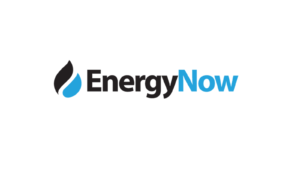


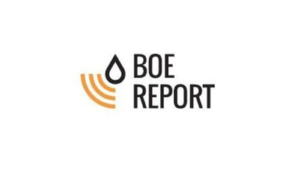


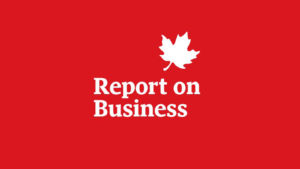



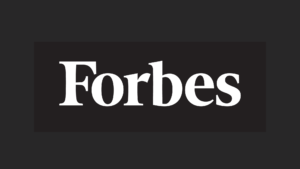


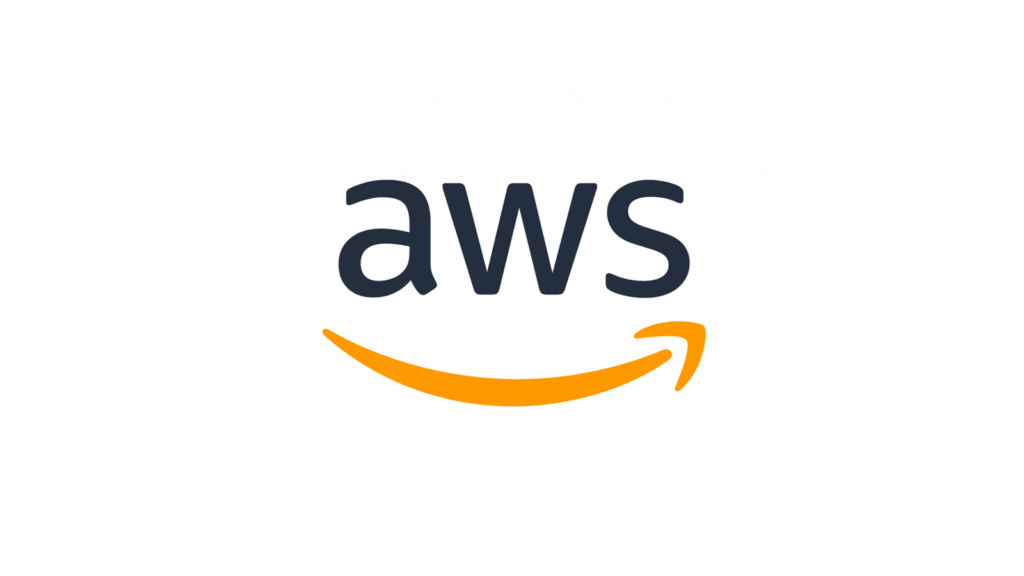
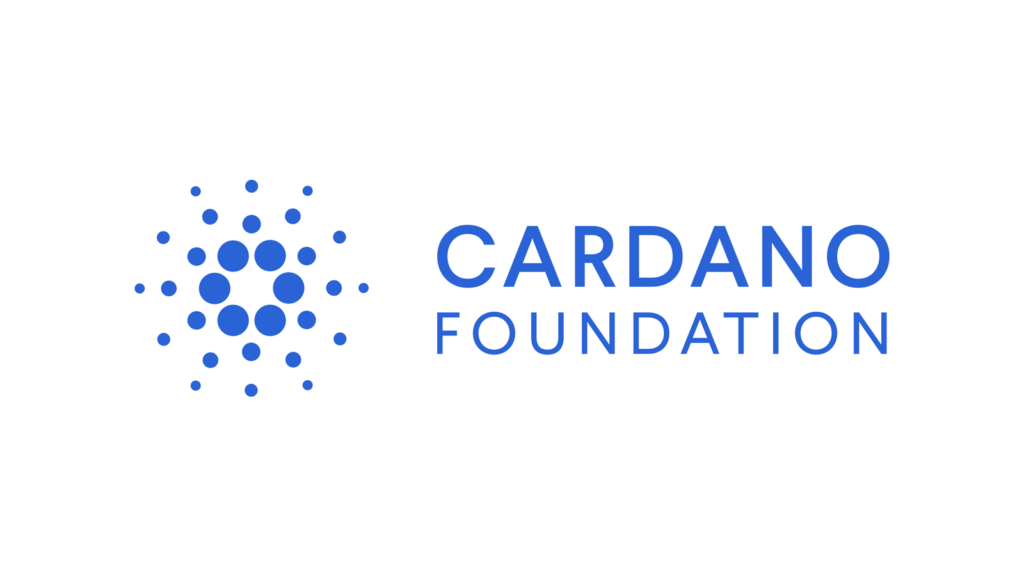
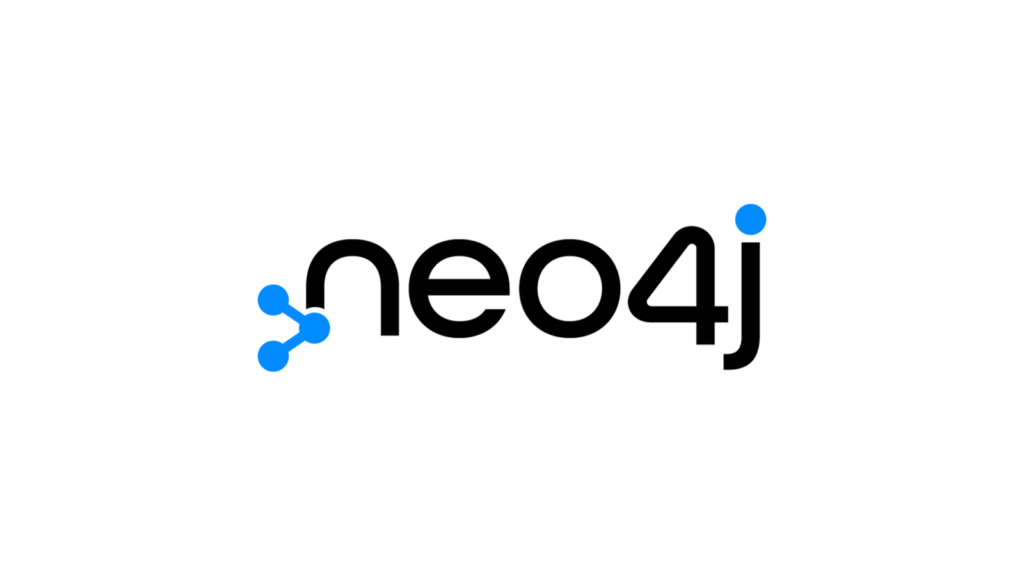

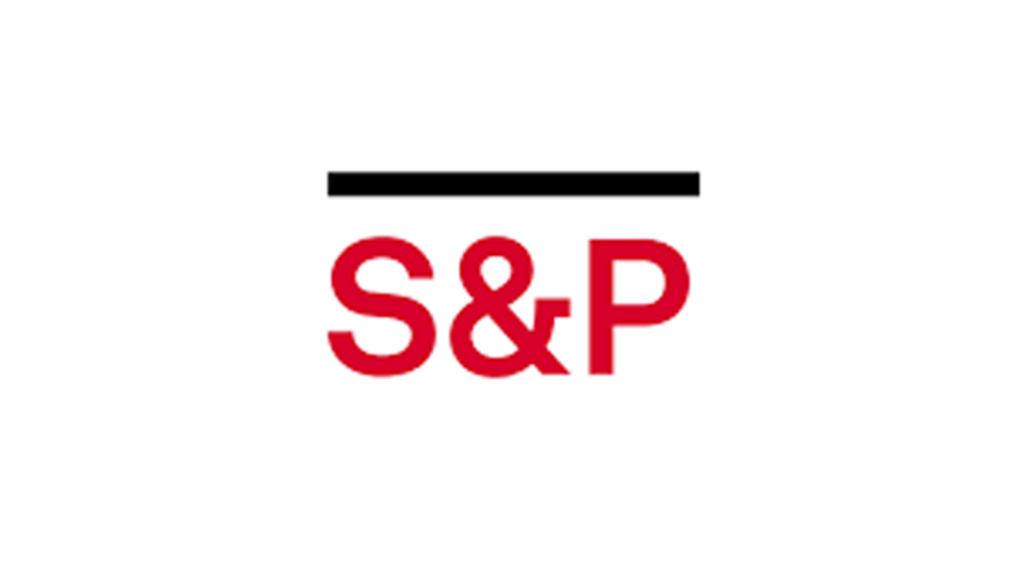


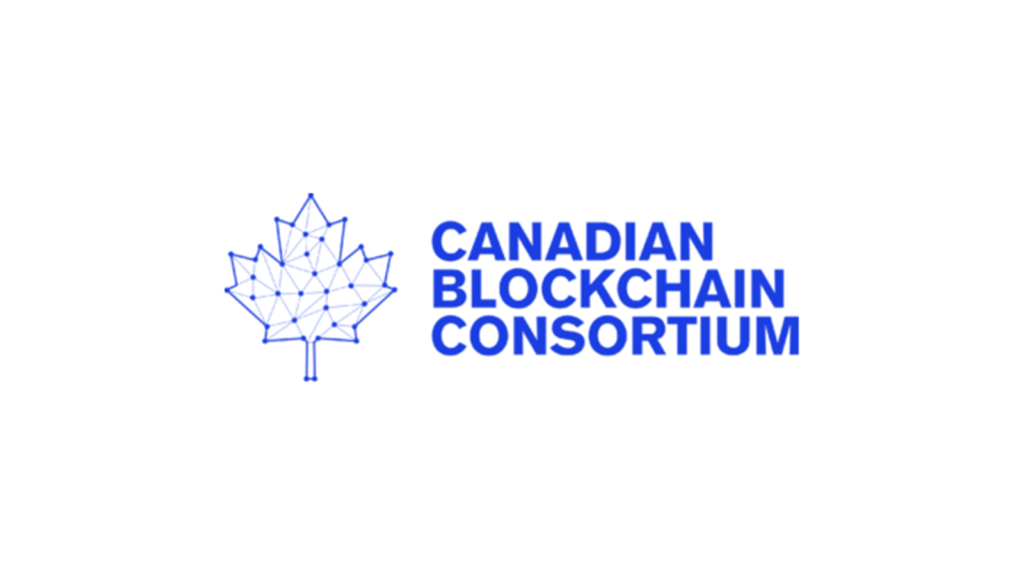
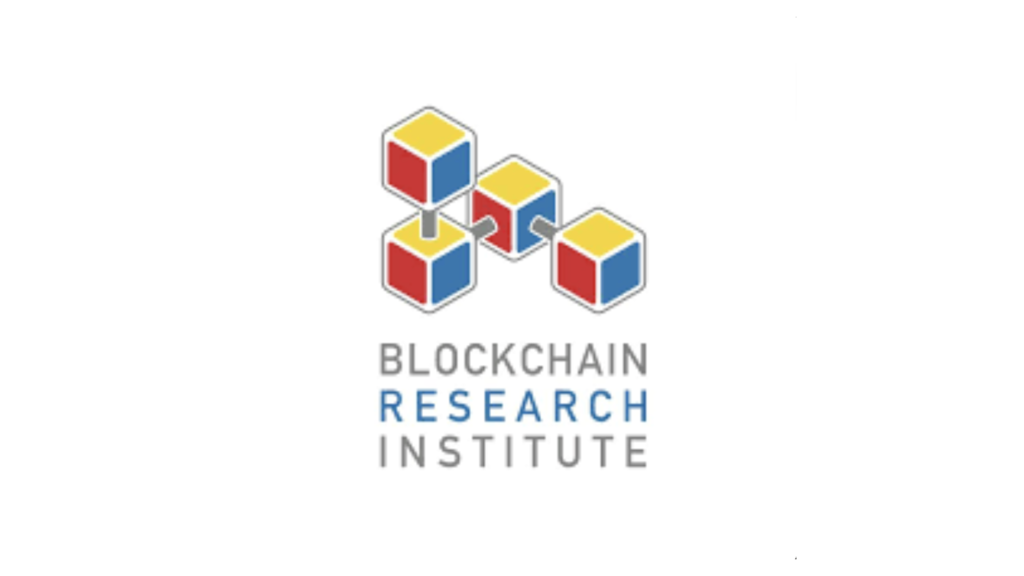





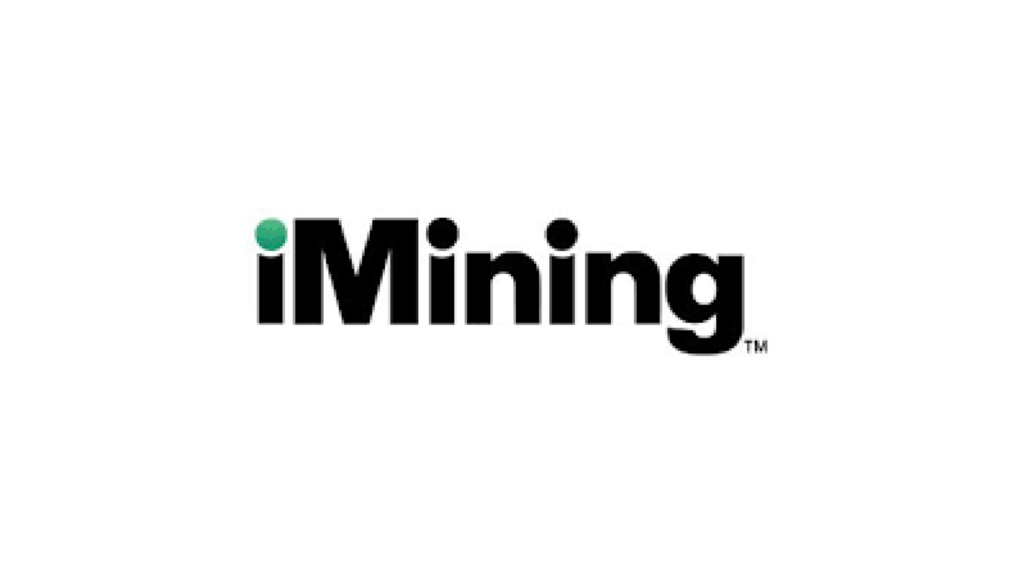

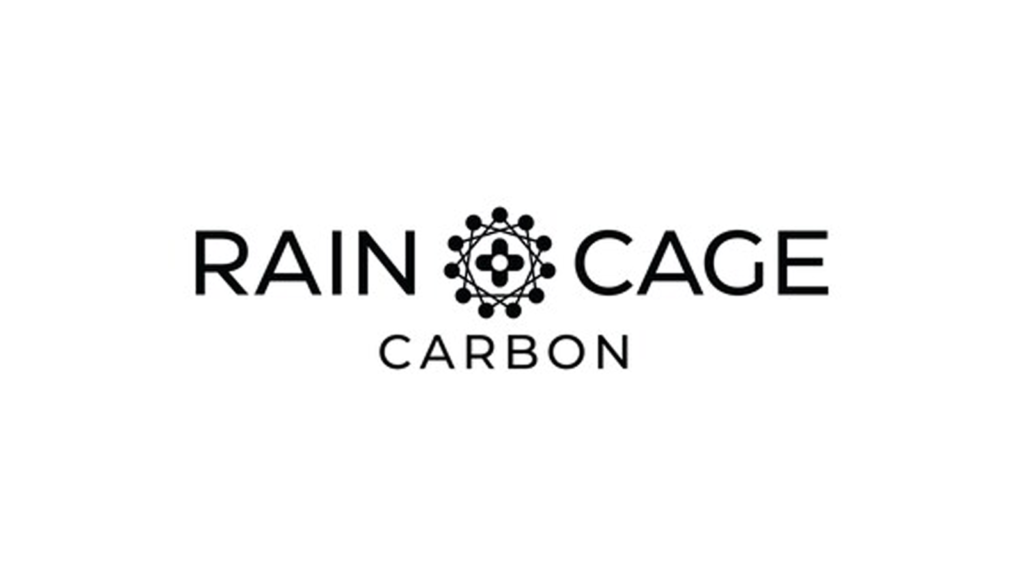
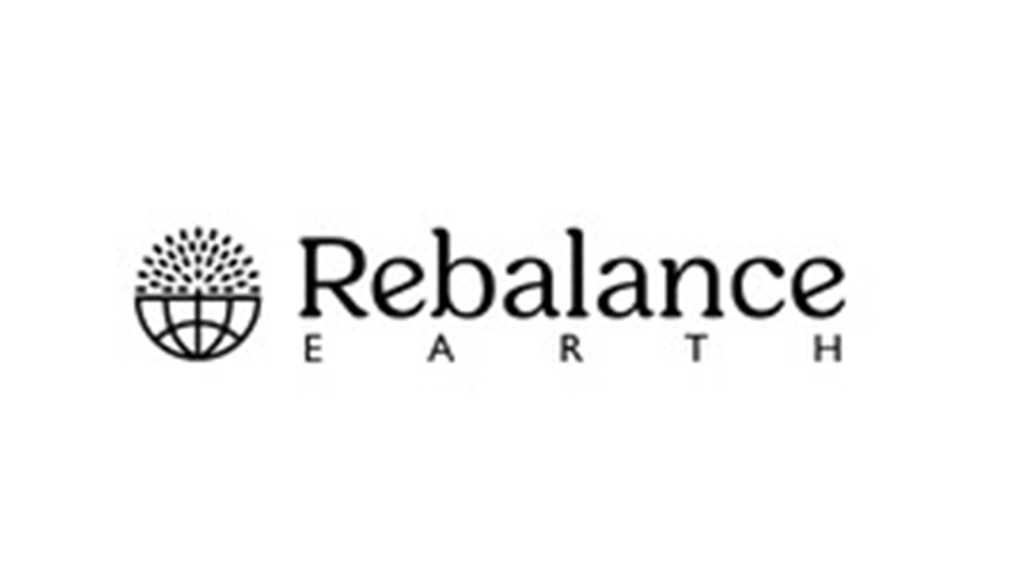

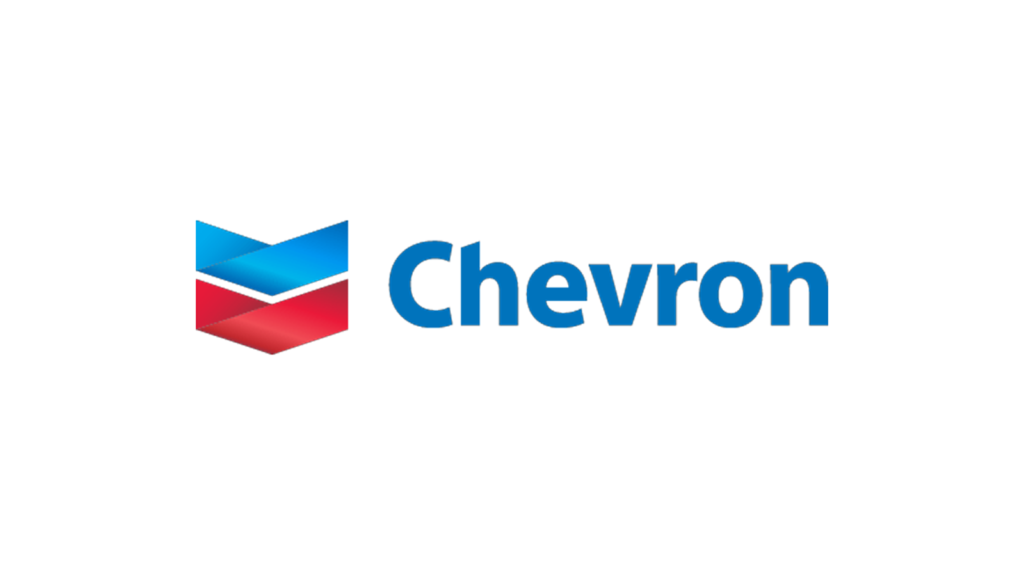
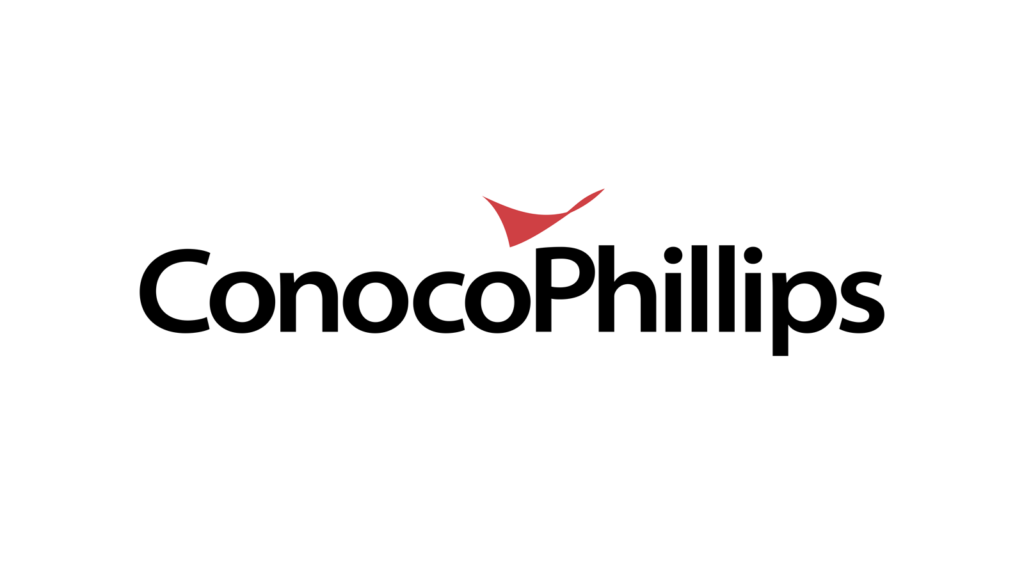
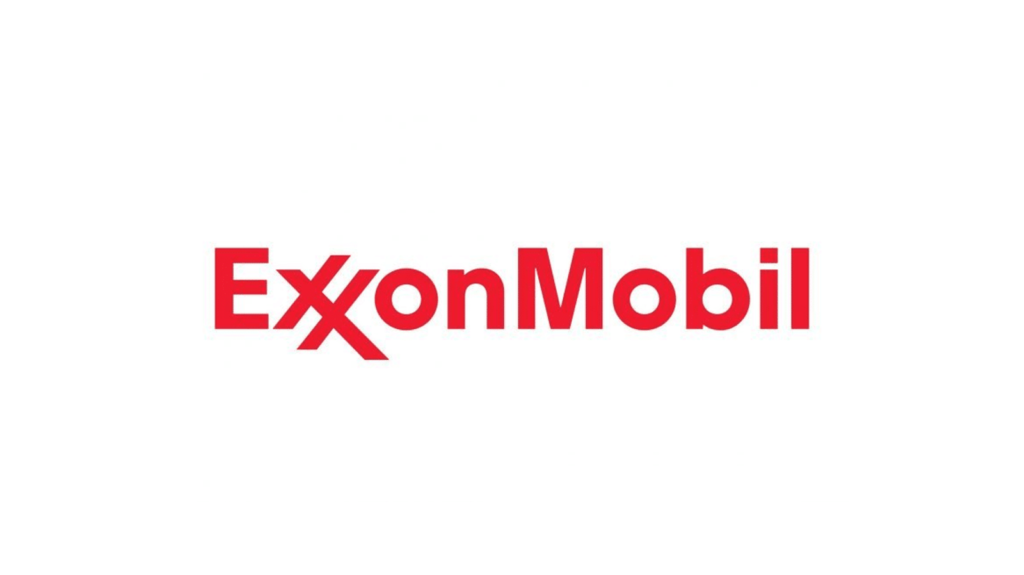
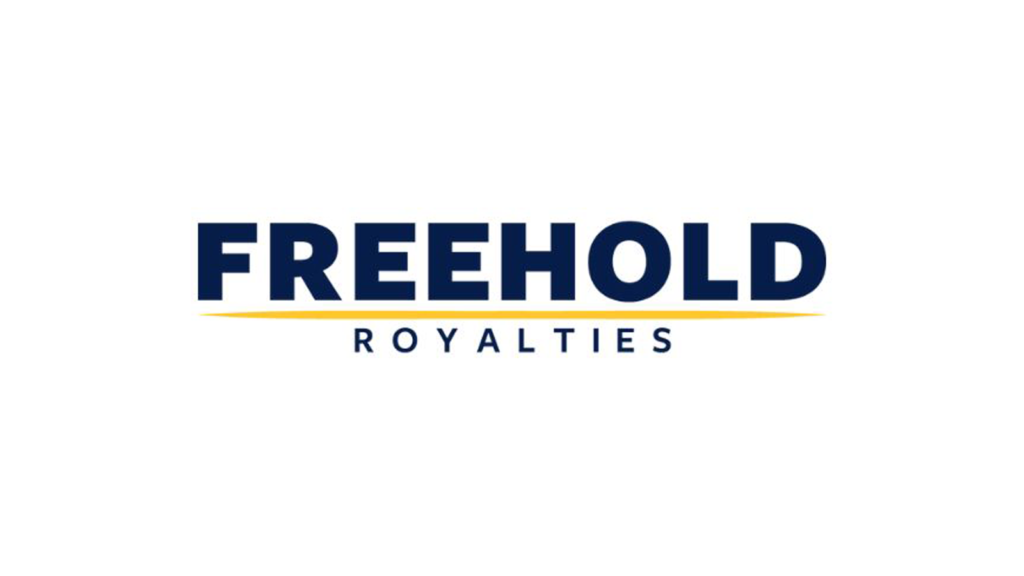
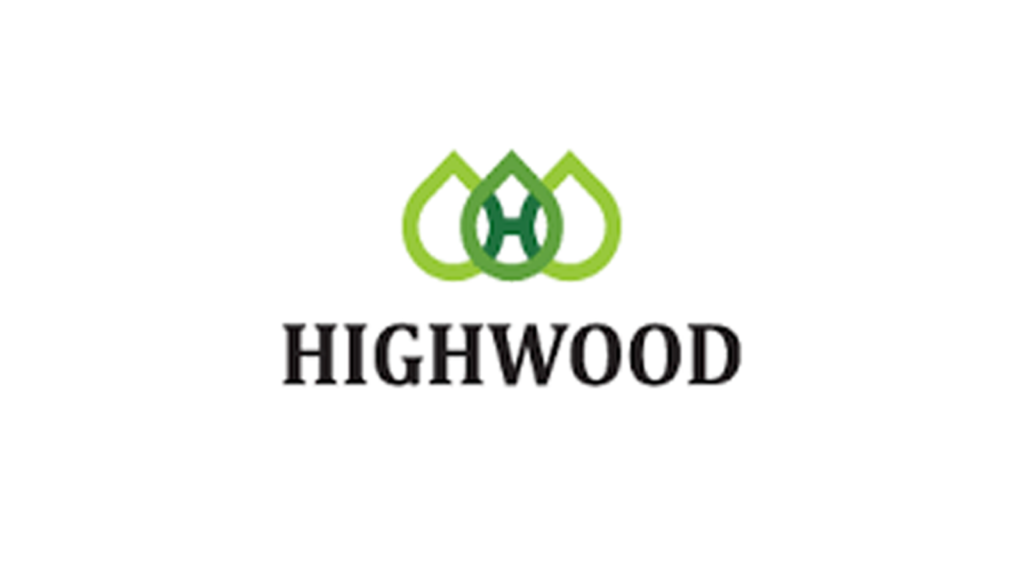
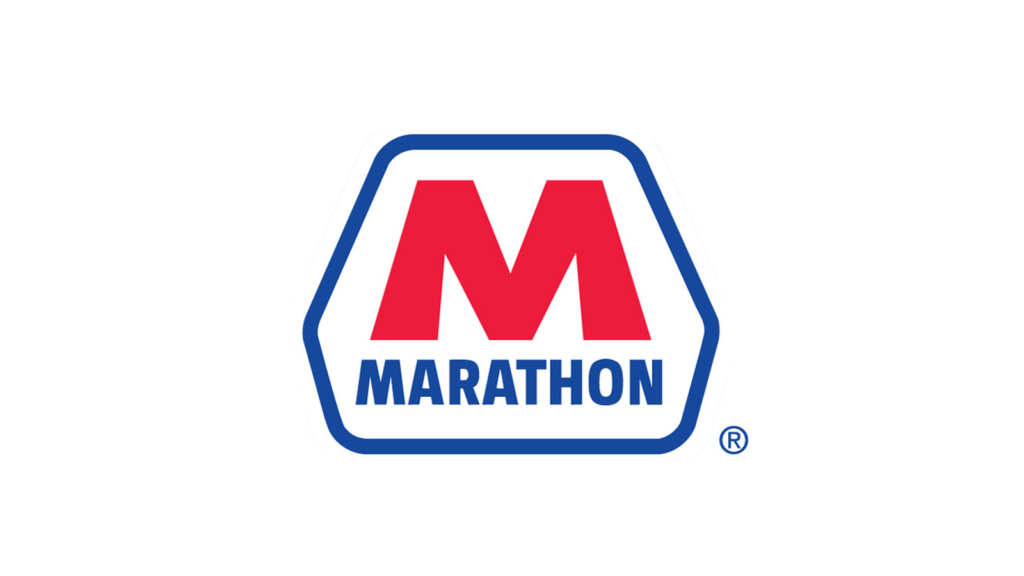
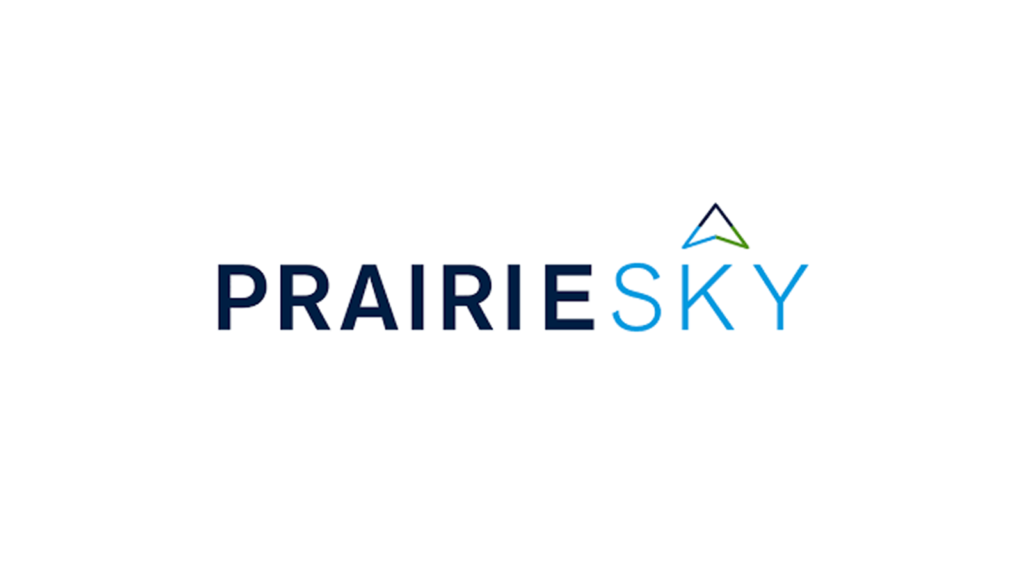
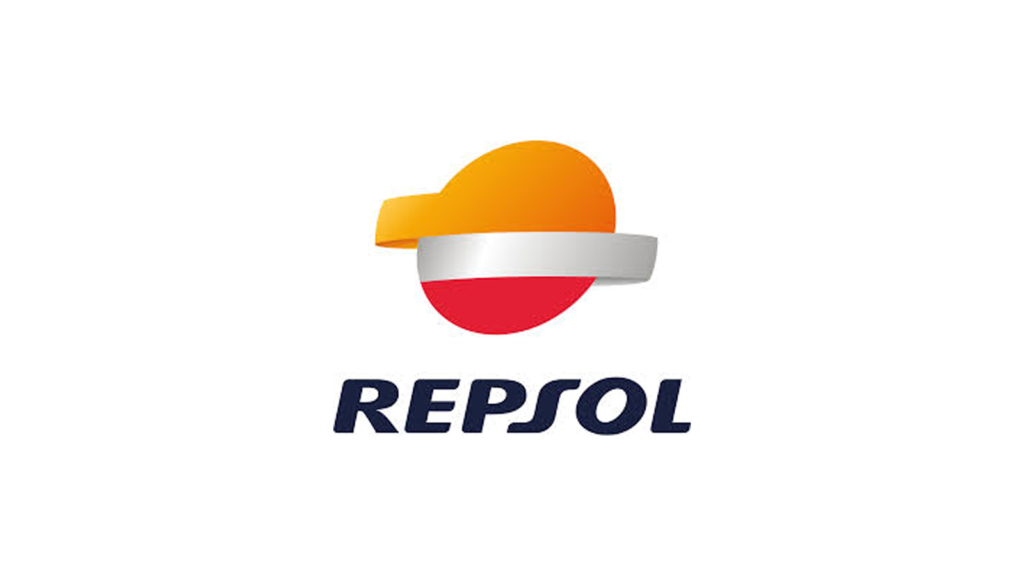

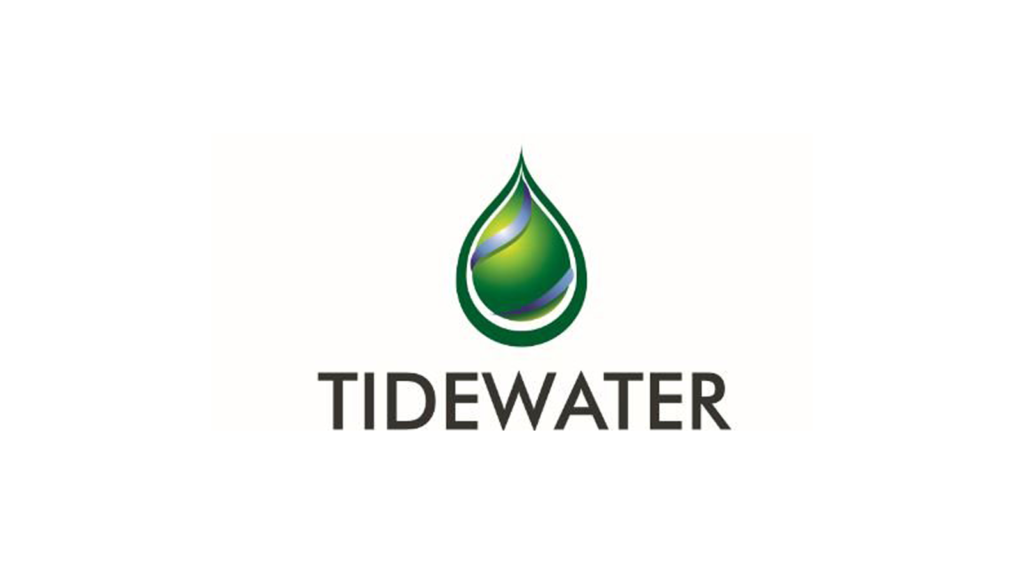
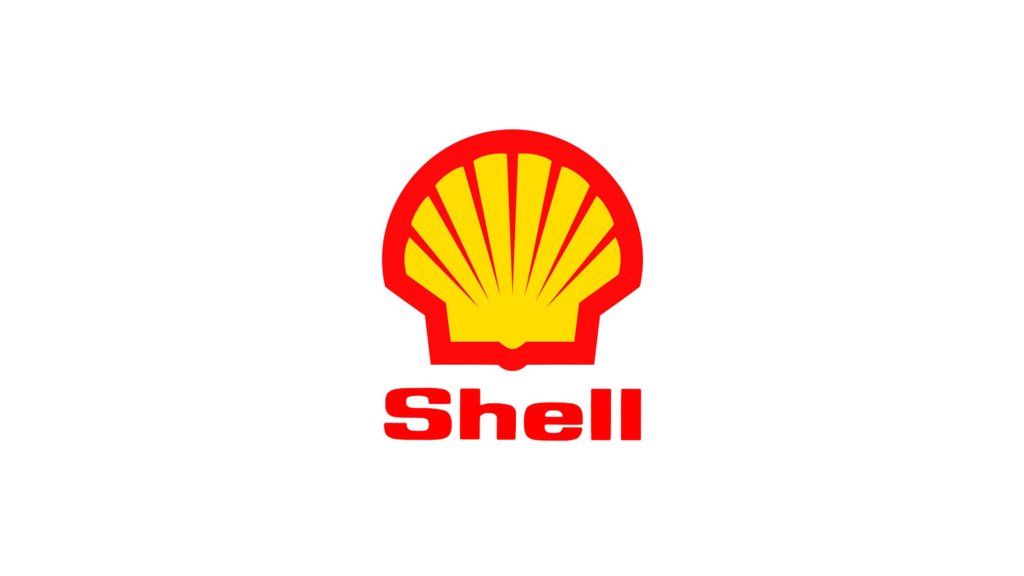

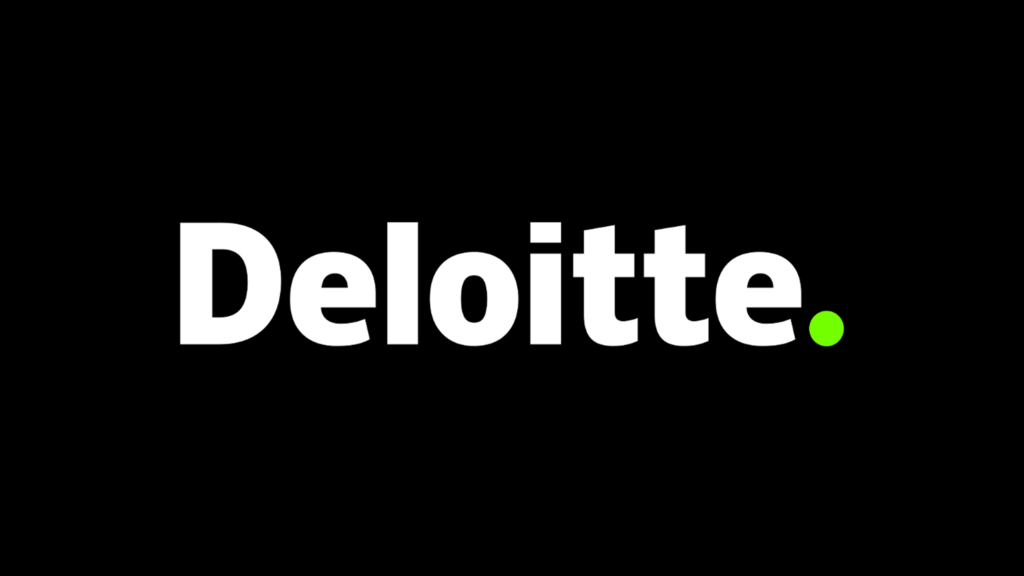





You must be logged in to post a comment.